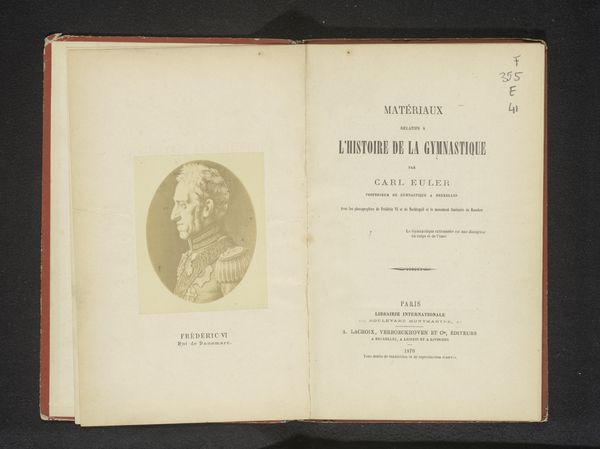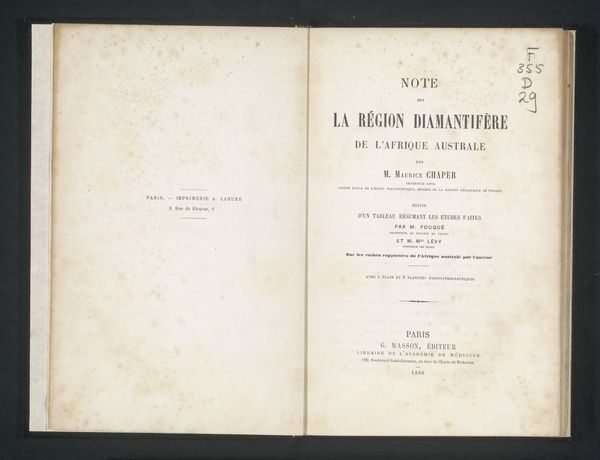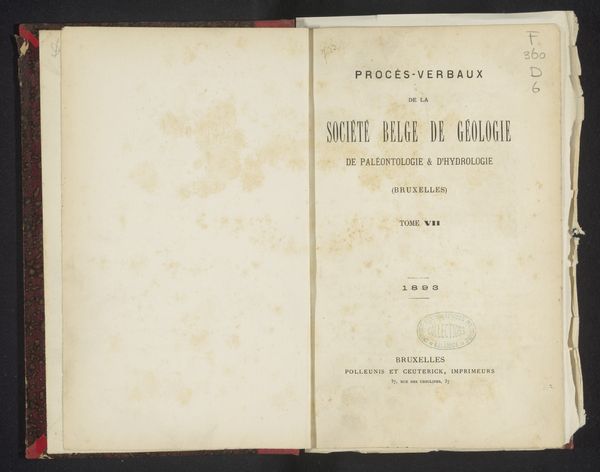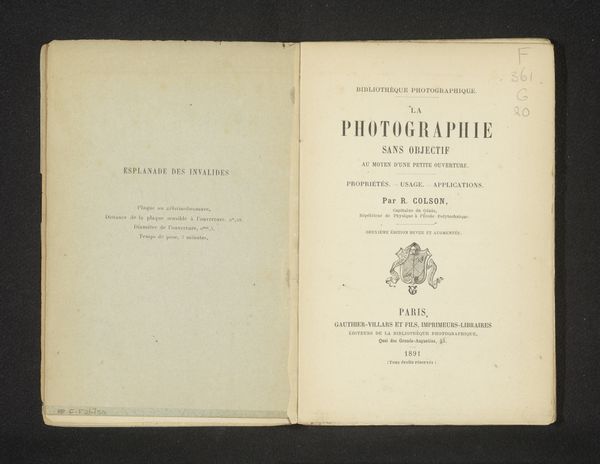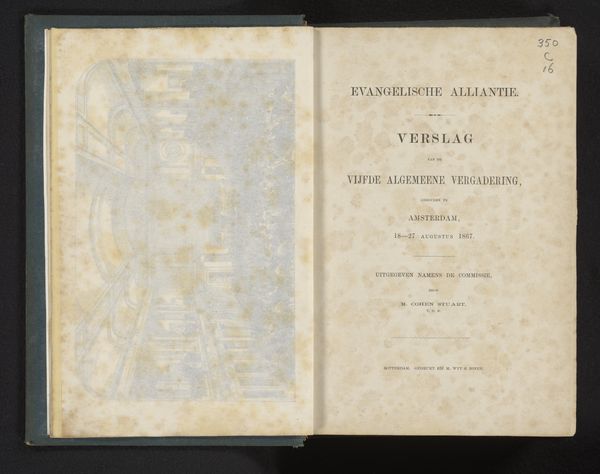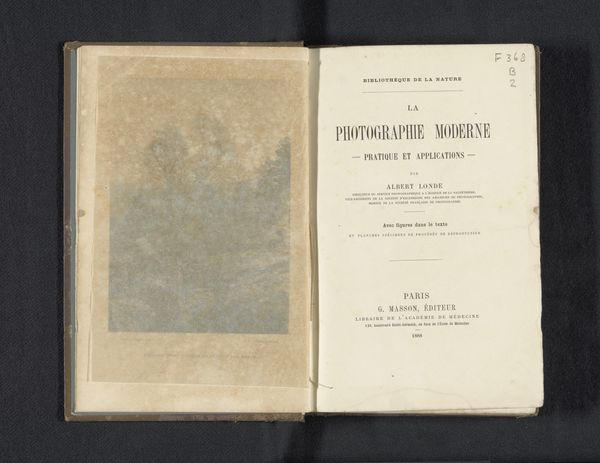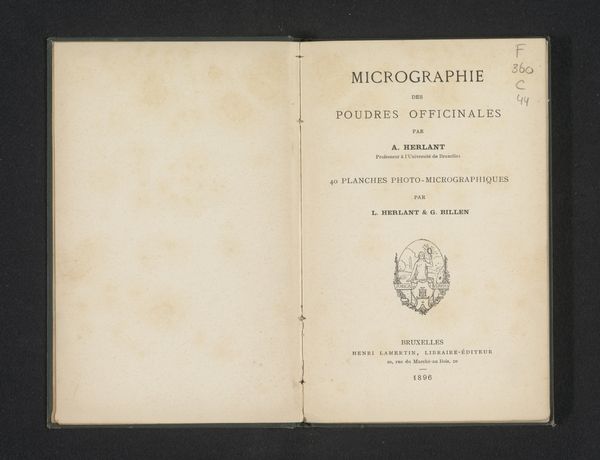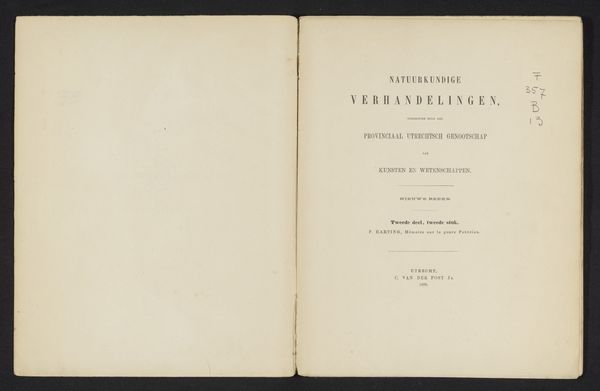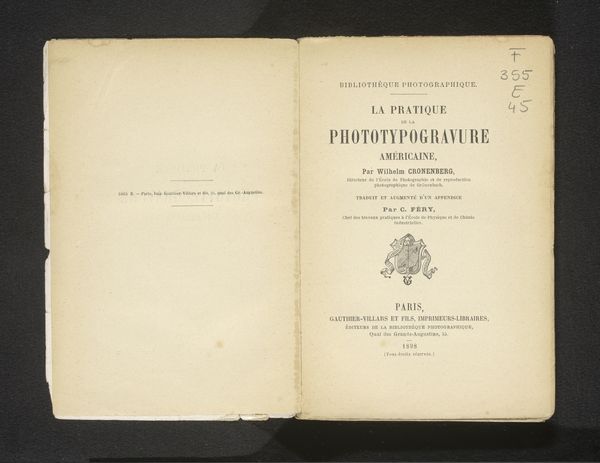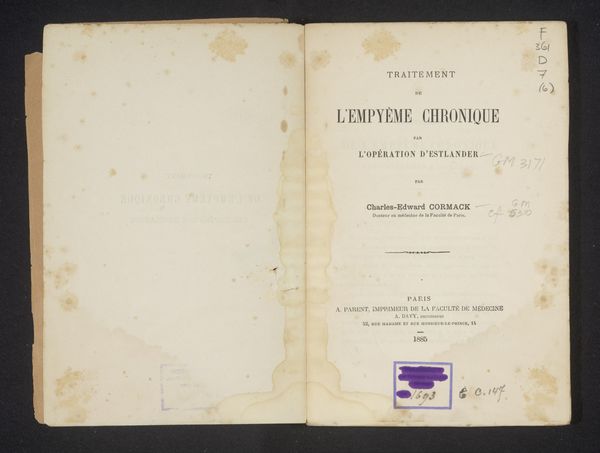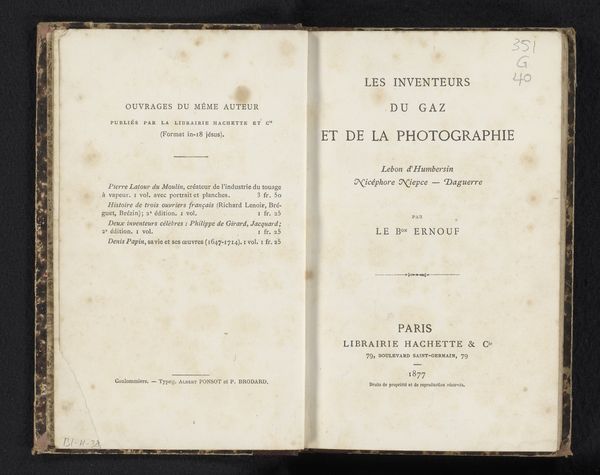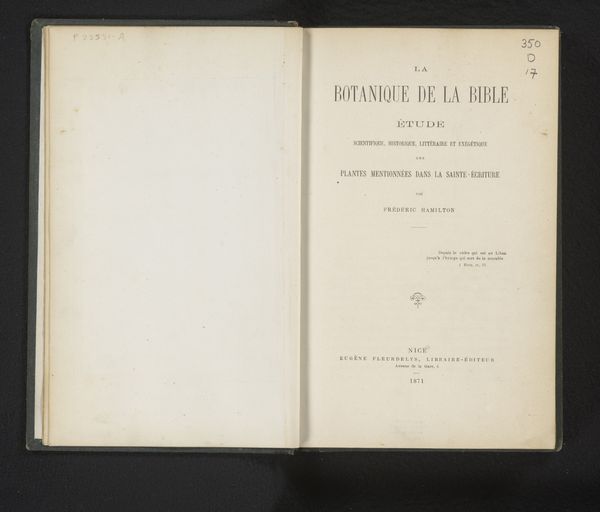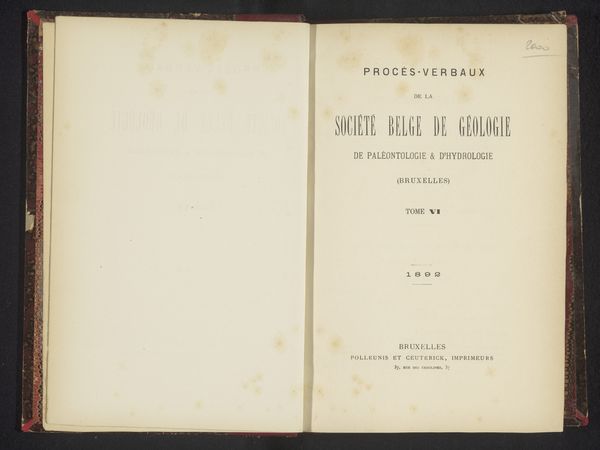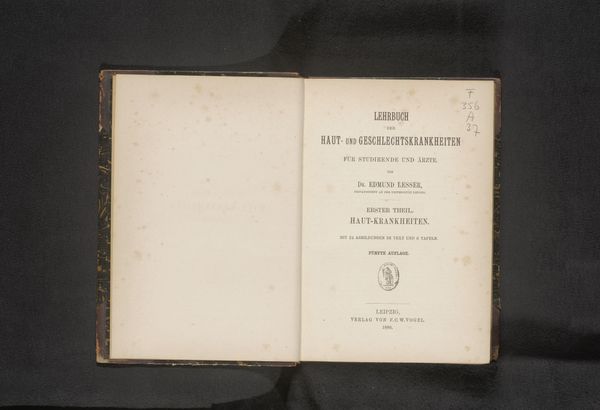
La photographie appliquée à l'archéologie réproductions des monuments, oeuvres d'art, mobilier, inscriptions, manuscrits 1879
0:00
0:00
print, photography
# print
#
book
#
photography
#
academic-art
Dimensions: height 186 mm, width 123 mm, thickness 10 mm
Copyright: Rijks Museum: Open Domain
Eugène Trutat’s book, "La Photographie Appliquée à l'Archéologie," published in Paris in 1879, presents photography as a tool for archaeological study, and it reflects the 19th-century drive to document and classify the world through scientific means. In France, the mid-19th century saw the rise of positivism. This philosophical movement embraced empirical evidence as the ultimate source of knowledge. Photography, with its promise of objective representation, became a key instrument for various disciplines, including archaeology. Institutions like museums and universities began to recognize the value of photographic documentation for preserving and studying artifacts. Trutat, as a naturalist and photographer, embodies this intersection of art and science. His book not only reflects the growing importance of visual records but also implicitly comments on the politics of preservation and the role of institutions in shaping our understanding of the past. To fully appreciate the cultural significance of Trutat's work, one might explore archives of scientific journals, museum records, and photographic societies of the period. These resources can illuminate the complex relationship between photography, archaeology, and the pursuit of knowledge in 19th-century France.
Comments
No comments
Be the first to comment and join the conversation on the ultimate creative platform.
